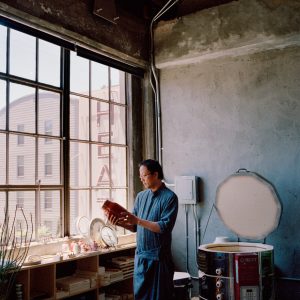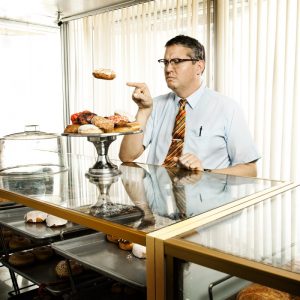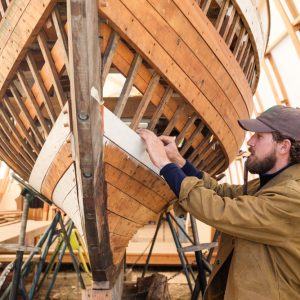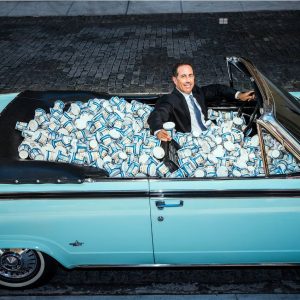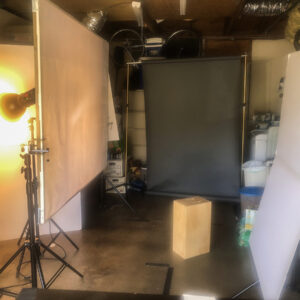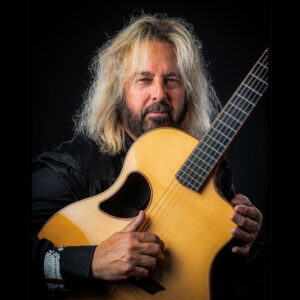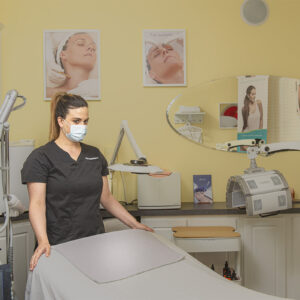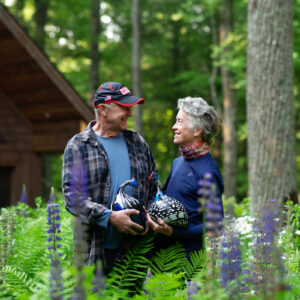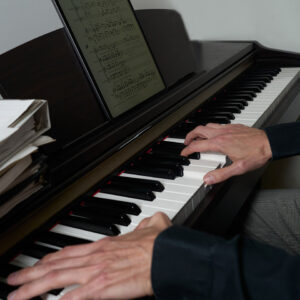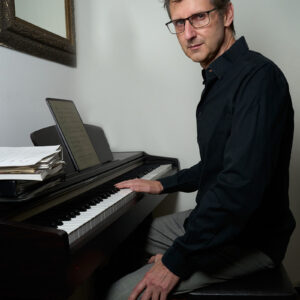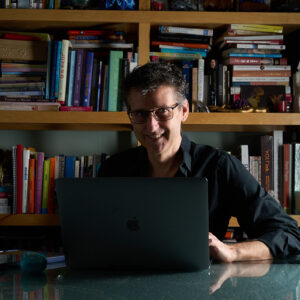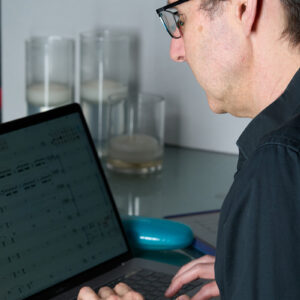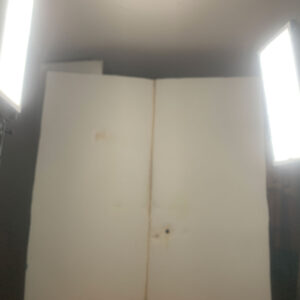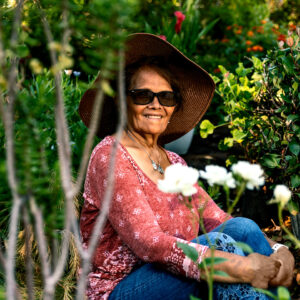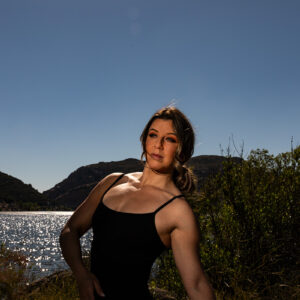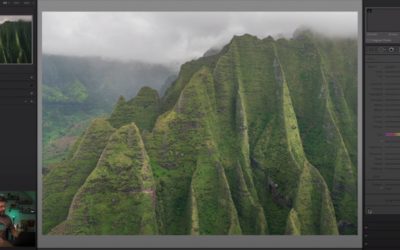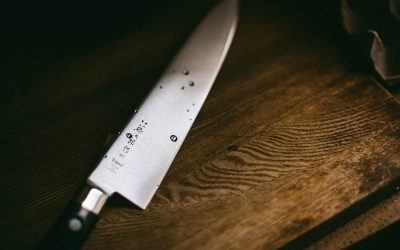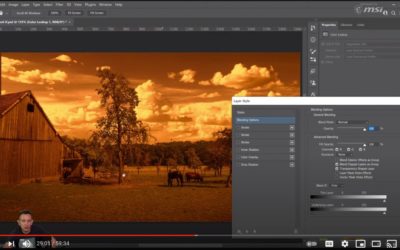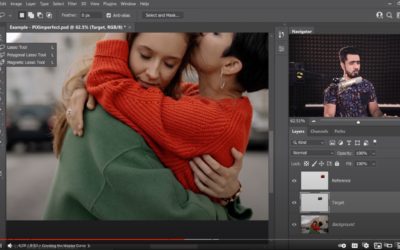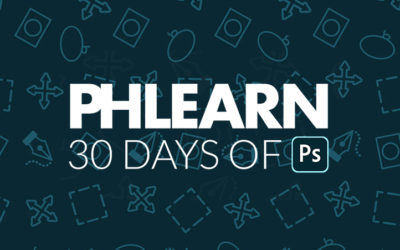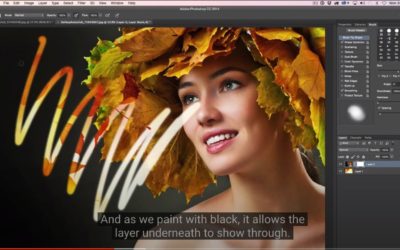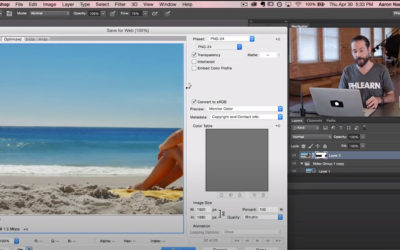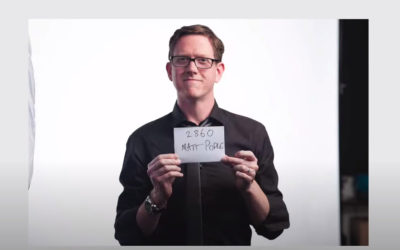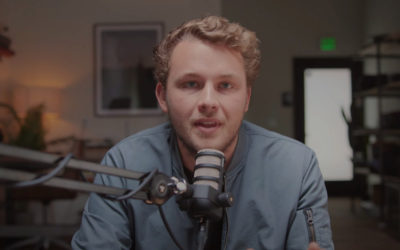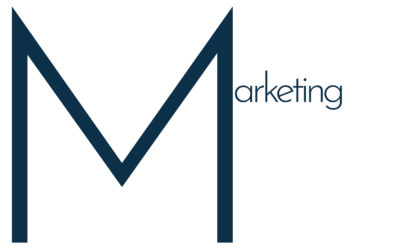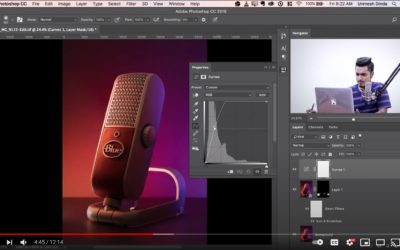What a terrific video above. Make sure you watch it at least once.
AN EDITORIAL PORTRAIT
THE BRIEF:
This is an editorial portrait. It is specifically for a regional magazine and it is all yours creatively.
This is far more of a challenge than it may seem at the first moment of excitement when the Art Director tells you that the advertorial will be running three pages in four different magazines, and your shot will be opening up the three pages… and they want you to do something creative.
“Hello, this is Don.”
“Hey Don, this is Art D’Recteur from Eezy-Peezy Advertising. We have been getting your emails and direct mail consistently for the last year and we think we may have a shot for you.”
“Cool, Art. Nice to talk to you. What is the timeframe for the assignment?” Might as well find out if it fits in your schedule now.
“We have nearly a two-week window, and we need you to handle it there locally since we do not have an office in your town.”
“Yeah, I can do it in the next two weeks… what are the deets?”
All the details of what they need and where to send the images and of course the fee structure is worked out and then this bombshell…
“Don, we need for you to do something really cool with this shot. It is very important to our client, but honestly not being there makes doing the creative a bit more challenging. We know you can do the creative.”
So it is up to you.
The article is about a charity that chooses a spokesperson once per year for their promotional work. This time they chose someone from your town because they did something so amazing. Whether philanthropic or entrepreneurial, the subject is chosen for the impact they have produced.
Who that is and what they did is your call… you explain to us what they did and why they are a hero by SHOWING us in the image. This is an image that is all about context. Context is what else is in the photograph to tell us what and who we are seeing in the image.
So we need to think about visual clues, props, body language, lighting, and composition. We use those cues to develop the context of the work.
Some GOOGLE images to review… not all are representative, but many are.
Brad Trent Example of an Editorial Portrait on Location.
NOTE… see his blog for lots more editorial work well explained.
Here are a few points that I want you to consider:
- Understand exactly what you want to say about the person you are photographing. Meet them beforehand if you can. If you cannot, then make sure you research as much as you possibly can before the shoot. This information will be instrumental in creating an image that shows context.
- Think about body language… Pride has a different body stance than contrition. Power is a set of poses that are not easily confused with submission. We KNOW this stuff in our minds, and we have got to get that knowledge into the photograph.
- Shadows. They can be a metaphorical tool or simply something to set a highlight against. Think of how people use the words and ideas of shadow when you are planning your photo.
- Light… the use of light is a metaphor that reaches all the way back to early Renaissance art. Flare “means” something. Light shafts can make the image represent a context that may not have been present in the natural space. And if you choose to use light shafts, do you do them “in camera” or do them later in post?
- Context will show us exactly who that person in the photograph is, and it will help explain the text that accompanies it. It can exist within the location, or simply be a prop or wardrobe choice that helps the viewer make connections.
THEY LIKE THESE:
A GOOD WAY TO BURN AND DODGE
This could be used on product, food, still life, and portrait. Give it a shot. https://youtu.be/5fYVUCyle8c
2022 SPRING: 26: ASSIGNMENT TWENTY SIX: CUTLERY
This assignment we will tackle cutlery as either a chef's tool, or an 'everyday carry' knife (pocket knife) Things to think about when shooting cutlery: The texture of the blade.Show this by making sure you have a continuous highlight on most of the blade. This...
UNDERSTANDING CURVES: IMPORTANT
Photoshop has a wide selection of tools to use to modify the global image, but none is more powerful than curves. Understanding curves is one of the essential knowledge points we all have to grasp. It will make our post-production work so much better. Learn to use...
BLEND IF: EXPLAINED. (ONE OF THE MOST IMPORTANT TOOLS IN PHOTOSHOP)
https://youtu.be/dHU03kD6Q90
MATCHING COLOR WITH CURVES: IMPORTANT TECHNIQUE
https://youtu.be/zV6peLaJ0tY
THIRTY DAYS OF PHOTOSHOP… IMPORTANT
https://youtu.be/jFfd0RYax5k
COMBINING IMAGES IN PHOTOSHOP (BLENDING)
https://youtu.be/iA4SIF0KsDc
IT’S TIME TO GET FAMILIAR WITH CINEMAGRAPHS
https://youtu.be/2DU0Sim_BJ4 https://youtu.be/1-eEB-QLrl0
TWO NEW VIDEOS: HOW TO READ A PHOTOGRAPH AND HOW TO DO CORPORATE HEADSHOTS
HOW TO READ A PHOTOGRAPH: A VITAL TOOL FOR ALL OF US https://youtu.be/6zy8lArDE-o HOW TO DO CORPORATE HEADSHOTS: ONE PHOTOGRAPHER'S APPROACH https://youtu.be/mUDTGMwfz3o
THINK ABOUT THIS: MULTIPLE CHANNELS OF INCOME ARE GOOD!
https://youtu.be/kbnxJ0p_D9M
Marketing Questions, April 3, 2021
https://youtu.be/XZAs1nHZSaA
Become Familiar with these Photoshop Tools
Sooner or later we all have to deal with wrinkled fabric or backgrounds, dust, scratches and imperfections, and making the image look as good as it can - maybe even better than it is. Here are three techniques to help get you familiar with the processes....

